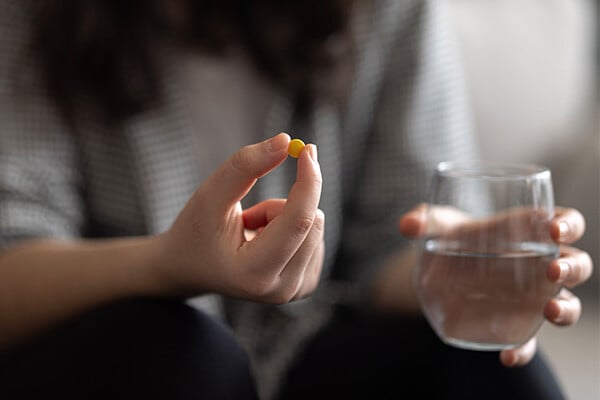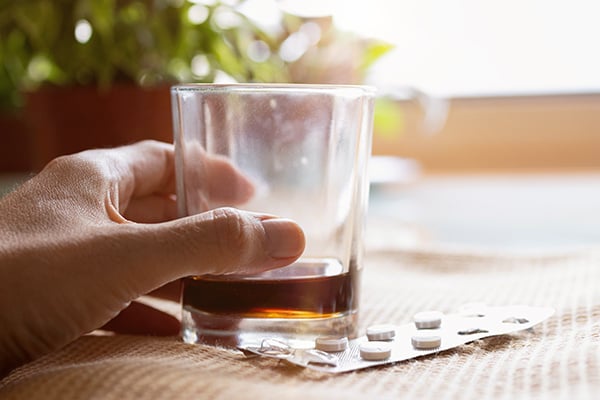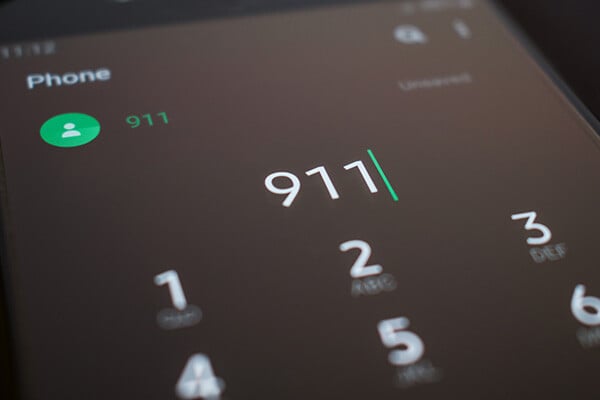
Let's Be Clear:Understanding Substance Misuse
- Understanding Substances
- Understanding Substance Misuse
The Spectrum of Substance Misuse
It’s important to remember that a wide variety of people use substances and that different levels of use may cause different levels of concern. Using the right terminology also helps reduce stigmas and, if necessary, removes barriers to positive change.
Substance Use
Substance use can refer to:
- Drinking alcohol in moderation and/or socially
- Taking prescription drugs as directed by a doctor, such as opioids or stimulants to address ADHD symptoms
Substance Misuse
Some examples of substance misuse include:
- Frequent, heavy alcohol use
- Taking more of a prescribed medication than is directed
- Taking medications that were prescribed to someone else
- Repeated use of a substance to reduce stress
- Use of illicit drugs like heroin or methamphetamine
Substance Use Disorder
Substance use disorder (SUD) is a medical condition that’s diagnosed when the use of one or more substances causes significant impairment in someone’s daily life. This can include alcohol, prescription medications (like opioids or stimulants) and illicit drugs. SUD affects how your brain functions, making it hard to stop using — even when it causes harm. It’s a complex condition, but let’s make one thing clear: substance use disorder is a treatable disease.
Substance Use Disorder
People diagnosed with a substance use disorder often:
- Use in larger amounts than intended
- Feel cravings and withdrawal symptoms when they aren’t using
- Want to cut down or stop using, but aren’t able to
- Continue to use, even when it causes problems in relationships, puts them in danger, or worsens physical and psychological problems
How It Starts
People misuse substances for many reasons. Some do it for the stimulating or relaxing effects, while others misuse to cope with anxiety, stress or depression. For many, especially young people, curiosity or peer pressure plays a big role.
Over time, what may start as occasional use has the potential to evolve into misuse or even become a substance use disorder. When misused frequently or for a long time, substances alter your brain chemistry making it harder to stop.

Signs of Substance Use Disorder (SUD)
Recognizing the signs of SUD early can make a big difference. Look for:
Behavioral Changes: Being secretive, changes in social circles, ignoring responsibilitiesPhysical Changes: Bloodshot eyes, sudden weight changes, poor coordination
Psychological Signs: Mood swings, anxiety, depression, paranoia
Let’s Be Clear:
Substance use disorder can happen to anyone, regardless of background or lifestyle.
What Can Lead to Substance Misuse
Common situations and challenges can increase the chances of someone turning to substances or alcohol. Here’s a breakdown:
Peer Pressure: It’s tough to say no when everyone else is saying yes. Especially for teens and young adults, the influence of friends or social circles can be huge.
Stress and Pressure: Whether it’s work stress, school demands or personal issues, sometimes life gets overwhelming. Substances can seem like a quick escape or coping mechanism.
Grief, Loss and Life Changes: The loss of a loved one or significant life changes like divorce, a serious illness or loss of a job can trigger substance misuse.
Mental Health Struggles: Anxiety, depression, past trauma — these are heavy burdens to carry, and substances can appear to offer temporary relief, even though they often make things worse in the long run.
Family History: If there’s a history of substance use disorder in the family, the risk goes up. Genetics and environment both play a role.
Accessibility: Sometimes, it’s as simple as availability. When substances are easy to get, the temptation can be stronger.
There is No Safe Way to Mix Substances
Even if you've done it before, mixing substances is dangerous - and sometimes deadly. Your body can react differently every time, and the side effects can be stronger and more unpredictable.
In 2022, nearly half of national overdose deaths involved multiple substances. Stay safe, and know the dangers of mixing opioids, stimulants, prescription medications and alcohol.

Support Resources: Overcoming SUD
Overcoming substance use disorder is challenging, but there are clear paths to recovery.
Stigma & SUD
Let’s be clear: substance use disorders don’t discriminate. They can affect anyone — your family, your friends, even your favorite athlete.
Unfortunately, the stigma surrounding SUD often prevents people from seeking the help they need. By understanding that SUD is a medical condition, we can help those struggling and encourage a healthier, more supportive South Dakota.
The words we use matter. And by saying “substance use disorder” instead of “addiction,” you’re emphasizing that it’s a chronic — and treatable — disease. Help reduce stigma and make it easier for people to seek treatment by talking openly with your family.
Let’s Be Clear:
Naloxone Is the Quickest Way to Reverse an Opioid Overdose.
Overdose Information
It can be hard to tell whether a person is overdosing or not. If you aren’t sure, always treat it like an overdose — you might just save a life.

If you see any of these signs, follow these instructions.
1. Call 911 Immediately*
2. Follow Dispatch Instructions
3. Administer Naloxone
4. Try to Keep the Person Awake and Breathing
5. Lay the Person on Their Side to Prevent Choking
6. Stay with the Person Until Emergency Assistance Arrives
*South Dakota law protects a person who is overdosing and the person who called for help from legal trouble.


